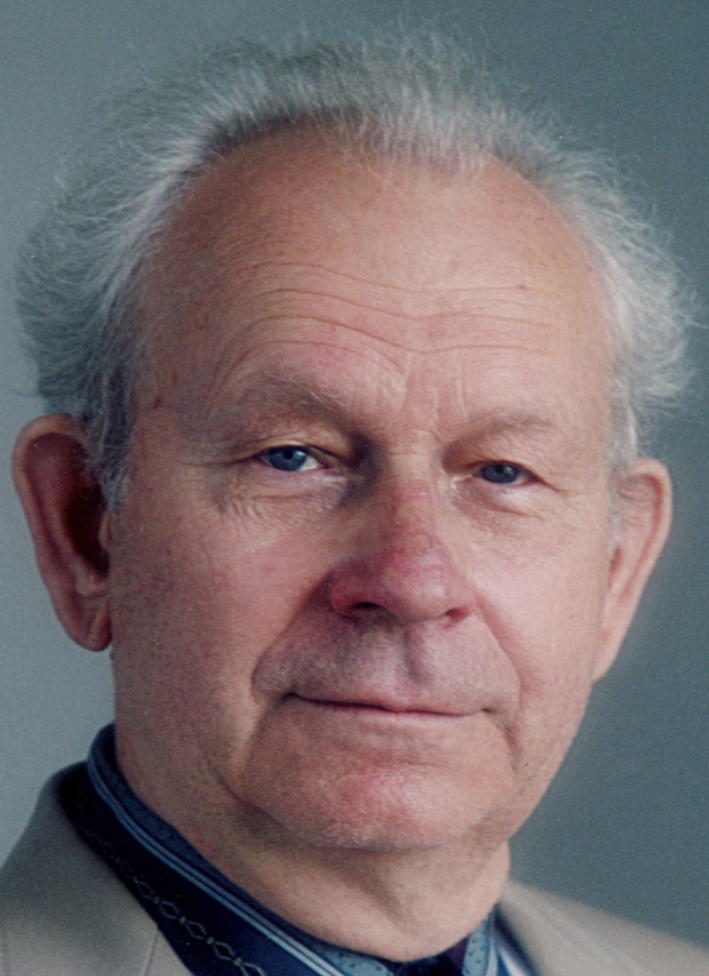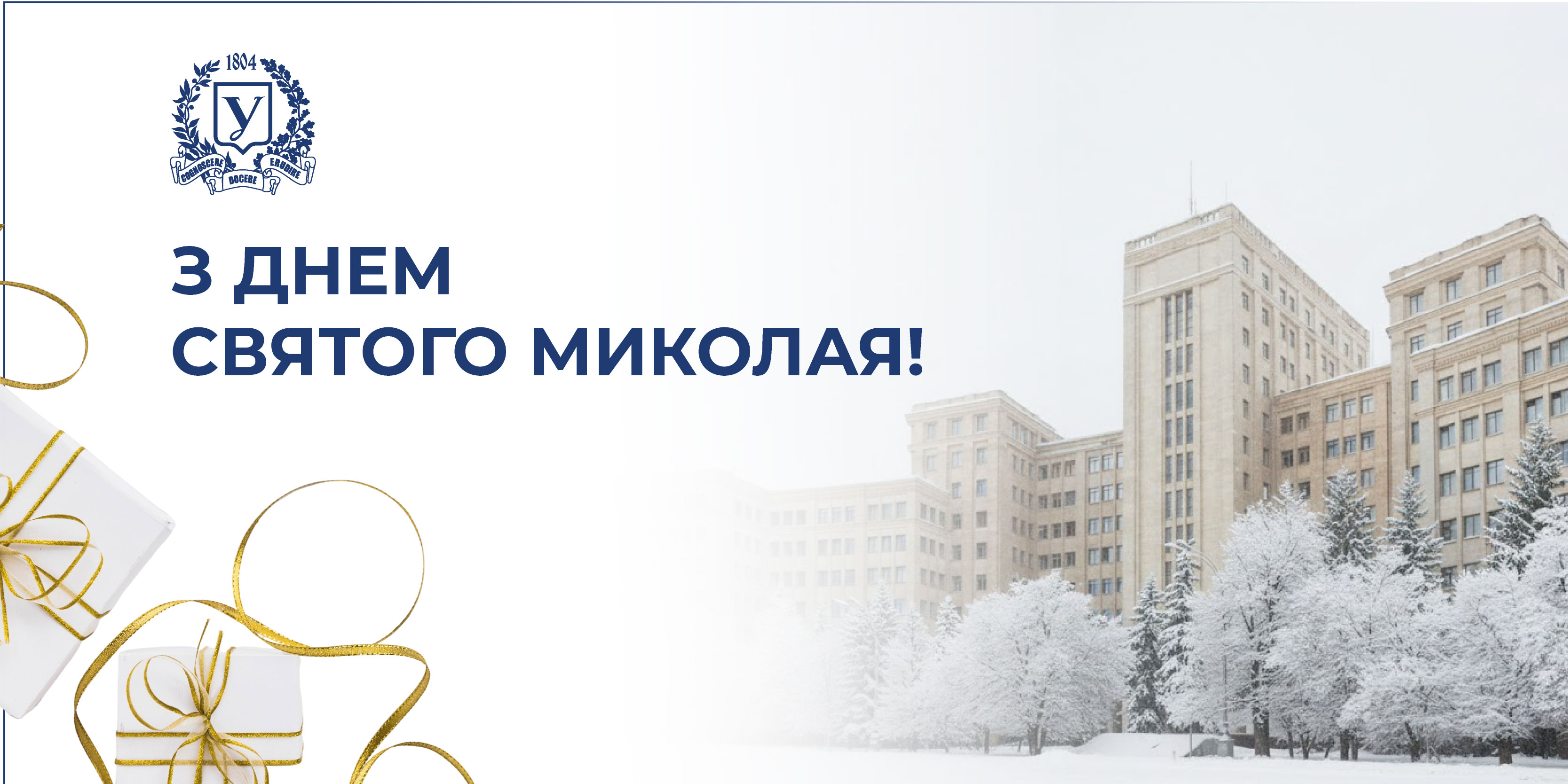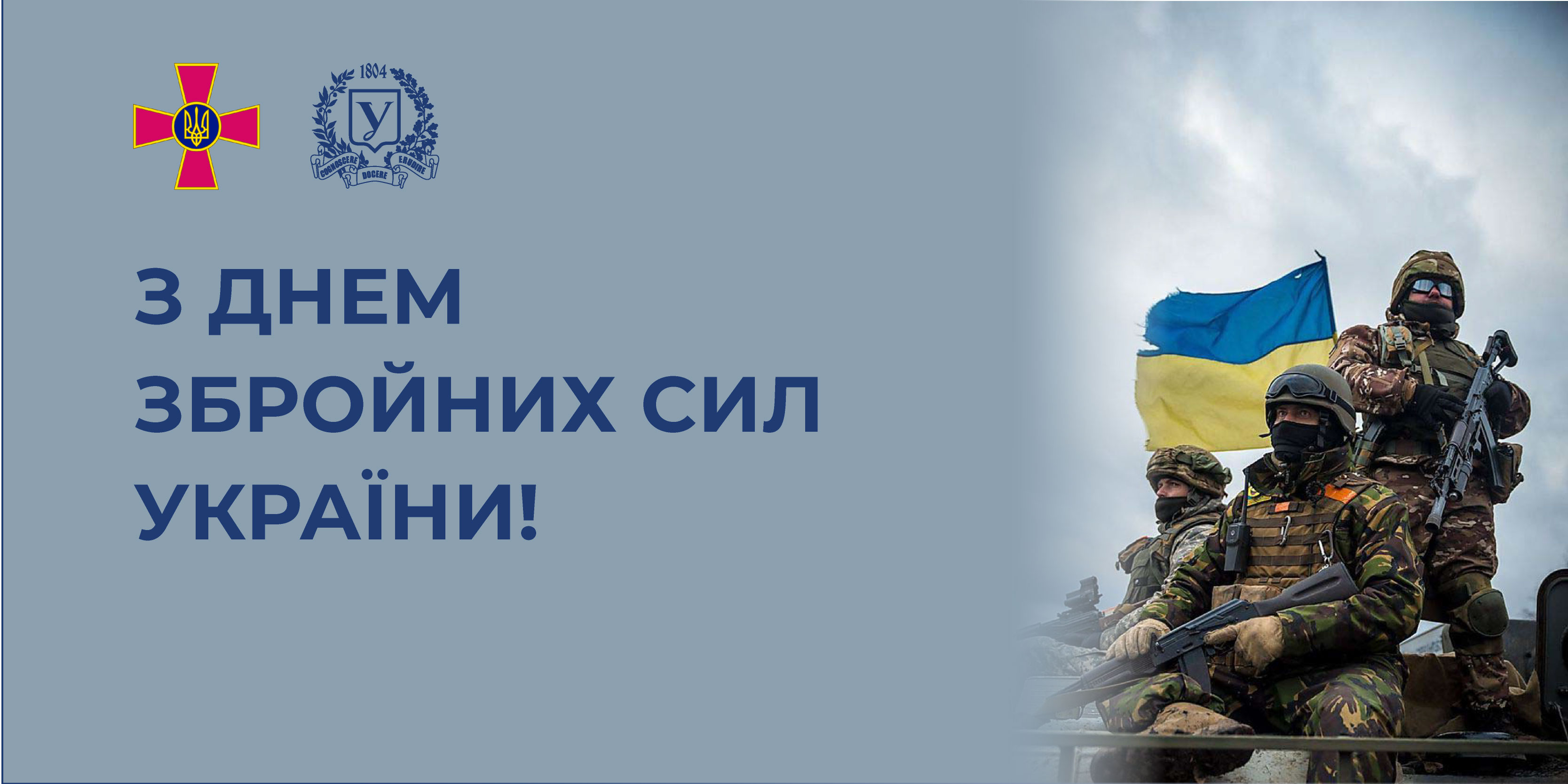On November 12 in Kyiv, the event “World Science Day 2025: Ukraine” took place, where the results of the most comprehensive state attestation in Ukraine’s history across six scientific fields were announced. Karazin University confirmed its unwavering leadership position, receiving some of the highest ratings in the country. We spoke with Anton Panteleymonov, Vice-Rector for Research and Academic Affairs, about the significance of these results, the journey to achieving them, and the university’s next steps.
Anton Vitaliyovych, what emotions did the attestation results evoke for you?
It was a very vivid moment of professional pride. When the results were announced and our scientific fields received Category A, I felt incredible joy knowing that the entire university — from students to academics — is moving in the right direction. Working on science in a city near the front line is a special responsibility; it is a daily struggle for quality, stability, and the future. These results symbolize the resilience and steadfastness of Karazin University and its ability to achieve high results despite circumstances.
What was the key factor behind this success?
There isn’t a single factor that determined everything. This is the result of synergy. University science functions like a living organism: departments, laboratories, research schools, administrative units, young scientists, international partners — each plays its role, and together they form a unified system. I particularly want to emphasize that achieving high categories was possible thanks to systematic, long-term work. This is not preparation over three months; it is years of consistent strategy, human capital development, support for publication activity, and securing funding.
How extensive was the evaluation?
The 2025 attestation was indeed the largest in Ukraine’s history. It covered six scientific fields and included dozens of criteria, not only publications but also infrastructure, grant activity, international partnerships, work of young scientists, participation in mobility programs, interdisciplinary projects, and collaboration with business. The university had to demonstrate not only past achievements but also development trends, the resilience of research schools, and institutional capacity. We managed to show consistently high levels across all dimensions.
Which categories do you consider the most indicative?
Category A in the Social Sciences and Natural & Mathematical Sciences fields reflects our strong and historically powerful positions. These areas host renowned schools with internationally recognized scientists and high publication activity. Equally important, the Engineering & Technology field received Category B, and the Biomedical and Humanities & Arts fields received Category B as well. This demonstrates stability and potential across all spheres of our scientific activity. In some, we see strong potential for growth to Category A in the next cycle.
How did the university manage to maintain science during the war?
This is a question often asked by our international partners. The answer is simple yet profound: thanks to the people. Our scientists continue to work even under sirens, power outages, or temporary relocations. The university provided all possible conditions: uninterrupted power supply systems, online laboratories, database access, and internal grants. We preserved research schools, supported graduate students, and ensured the possibility to publish and participate in international competitions.
Can the university’s resilience be considered part of this success?
Absolutely. The attestation results are further proof that Kharkiv and Karazin University live, work, and hold the intellectual front. We demonstrate that Ukrainian science continues to develop and expand its potential despite challenges that could paralyze any institution.
What role did young scientists play in these achievements?
They play an extremely important role. Young scientists drive change, act as ambassadors of new ideas, innovations, and interdisciplinary solutions. More than half of our scientific publications in recent years involve young researchers. They actively participate in international schools, grants, Erasmus+ programs, and internships at leading universities in Europe and the USA. We see a new generation of Karazin science forming, combining respect for traditions with openness to global practices.
What are the current priorities for the scientific sector?
First, international partnerships to attract additional resources and create strong collaborations. Second, interdisciplinary research — modern science sits at the intersection of fields: biology and IT, physics and medicine, social sciences and data. Third, digitalization — developing open science tools, repositories, and modern research services. Fourth, support for young scientists, as they will determine our position in future attestations.
What do the attestation results mean for students and applicants?
They mean confidence in the high quality of education and scientific environment in which they will study. A university with such attestation results guarantees access to modern laboratories, participation in international programs, and opportunities to engage in real science. For applicants, it signals that Karazin is a place that shapes future leaders, researchers, and world-class professionals.
How do you envision the future development of Karazin University?
I see Karazin University as a center of the country’s intellectual development, a world-class university that remains true to its traditions. We will strengthen international positions, expand scientific potential, update infrastructure, support talent, and open new opportunities for anyone passionate about science. The university will continue moving forward — confidently, purposefully, and with faith in our shared future.







.jpg)


.jpg)
.jpg)

